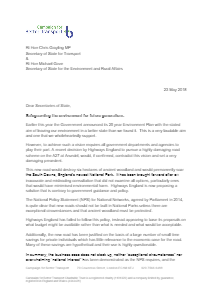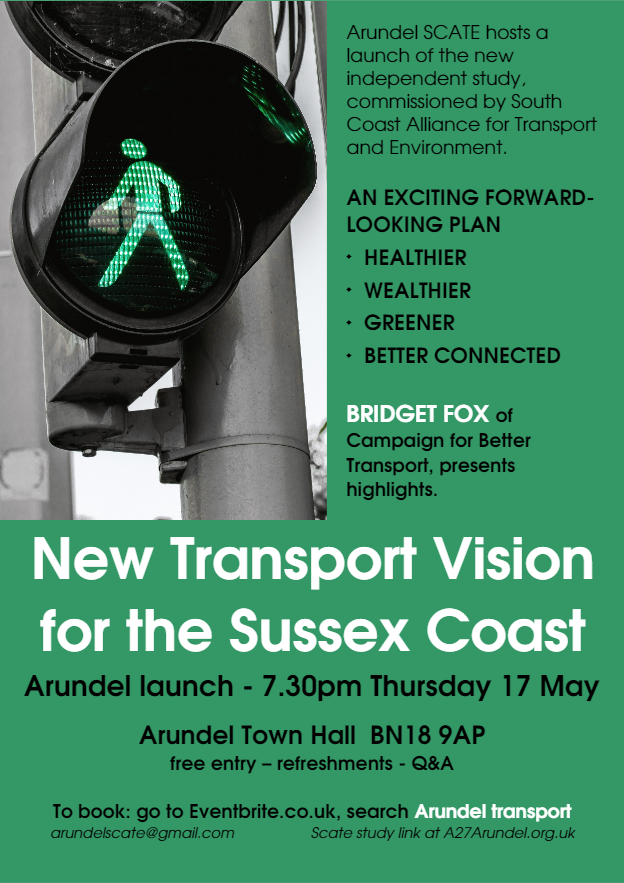 Following the latest legal challenge by the organisation ‘ClientEarth‘, the government has had to comply with a court order and publish an Air Quality Strategy Plan. The government is consulting on this plan NOW, – following which it will be finalised by October 2018. Click on the image to the right which will take you to the consultation and a questionnaire. The more people that comment the more the government will have to take this seriously.
Following the latest legal challenge by the organisation ‘ClientEarth‘, the government has had to comply with a court order and publish an Air Quality Strategy Plan. The government is consulting on this plan NOW, – following which it will be finalised by October 2018. Click on the image to the right which will take you to the consultation and a questionnaire. The more people that comment the more the government will have to take this seriously.
Why not have a go and tell the government what you think should be done? Alternatively/or as well tell us of your views [Click Here] and we will include your comments in our submission to the consultation. Remember the Clean Air Strategy Consultation – closes 14th Aug 2018
Sadly, the UK Government’s strategy contains very few new ideas as to how the government could get a grip on the problem but it does contain some very useful statistical information about the amount of air pollution and what types of chemicals are being pumped into the air.
This consultation is a golden opportunity for members of the public and campaigning organisations to suggest measures to reduce air pollution which could be included in the final draft. Obviously one measure which could be adopted by the Secretary of State for the Environment (Defra), Michael Gove, could be the bringing forward of the banning of all petrol & diesel cars/vans before 2040. Mayors of large cities in the UK have suggested perhaps 2030.
However there are other issues which the public will have the opportunity of raising with the government through this consultation. For instance reducing journey times for commuters by creating employment opportunities near new housing or making it much easier for motorists to transfer to rail services. Other measures could be, – building rail links instead of building motorway-style roads or investing in electric buses powered by solar energy (yes it is possible). Here is an example right here in Sussex where electric buses have been introduced:

The Big Lemon bus company in Brighton & Hove has fully electric, zero emissions vehicles powered by solar panels on the roof of the bus depot. See: https://thebiglemon.com/











